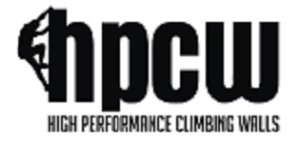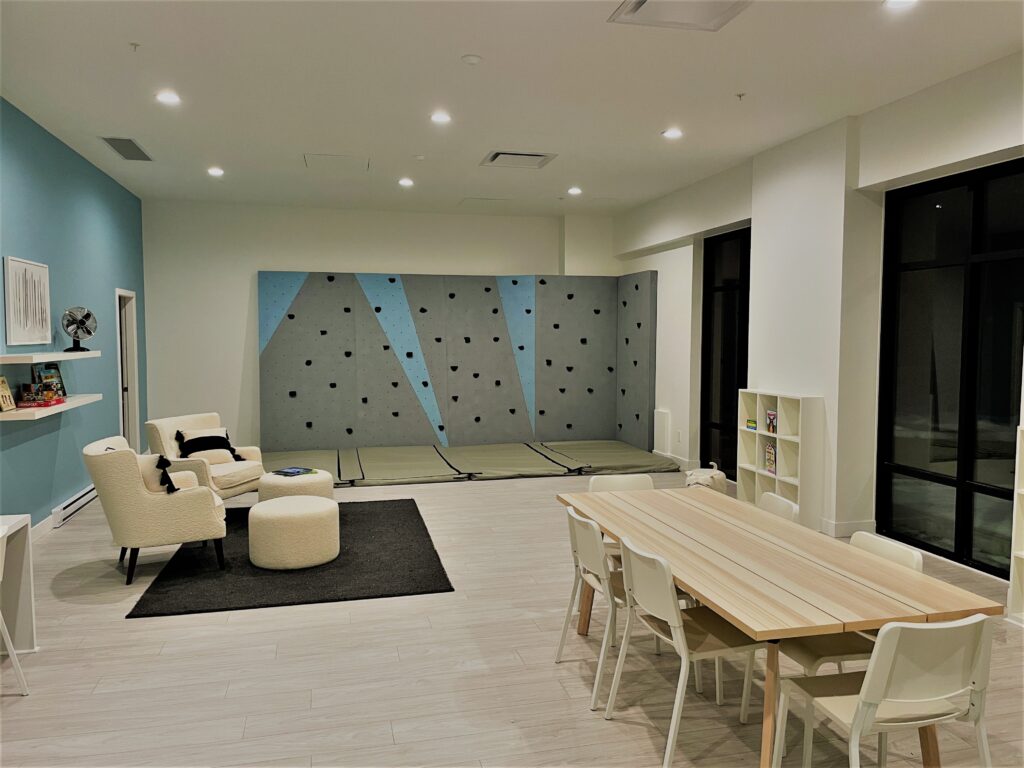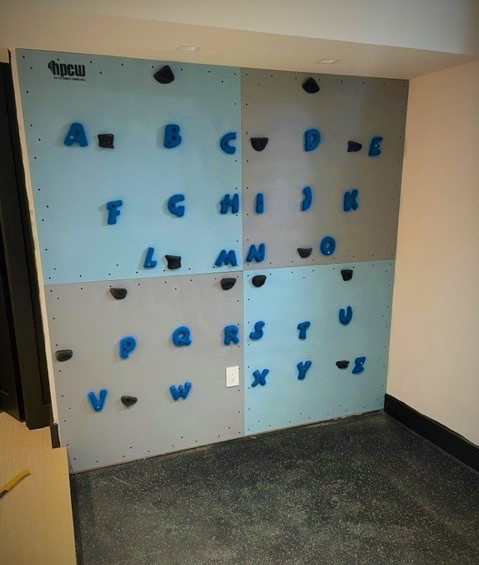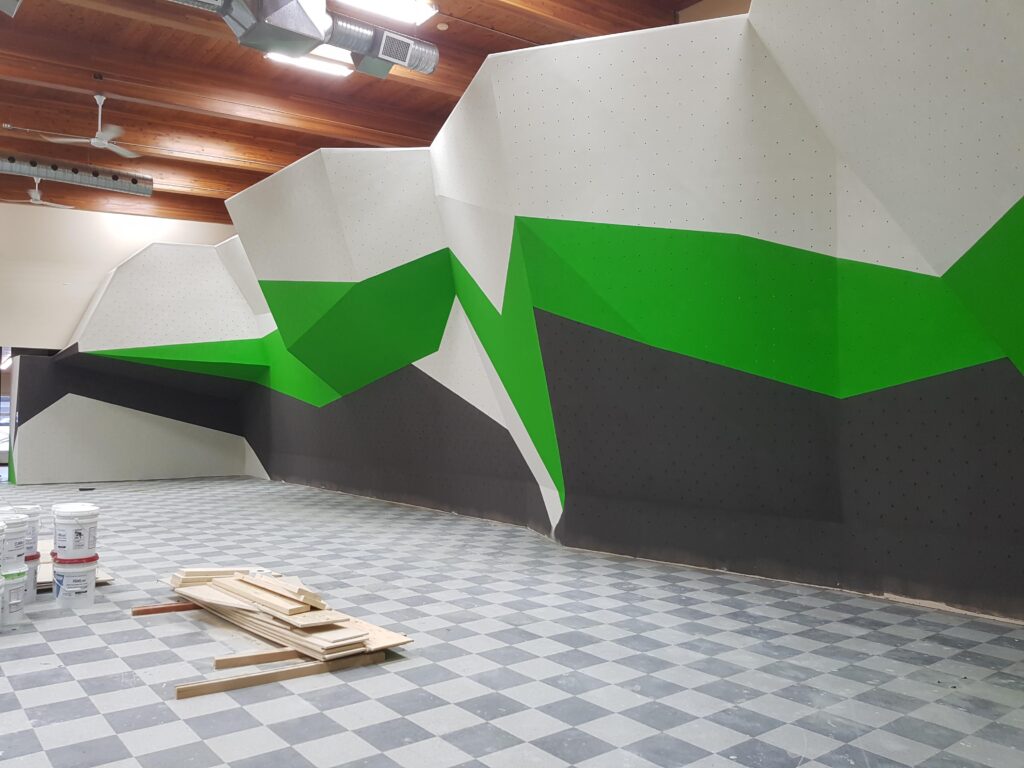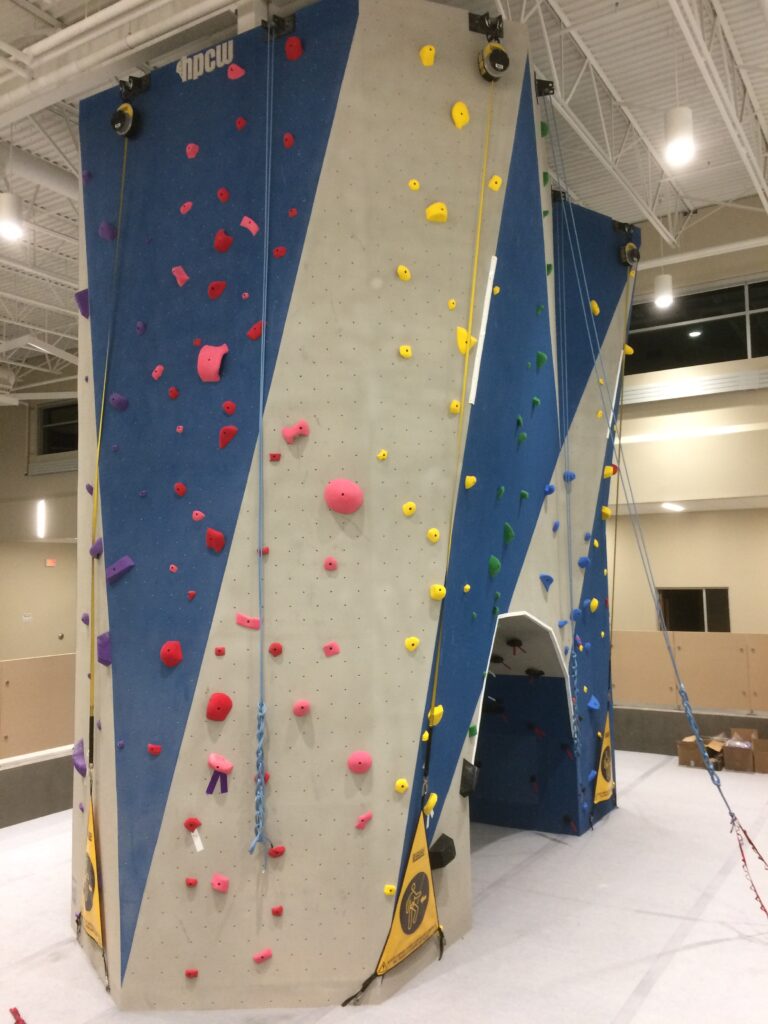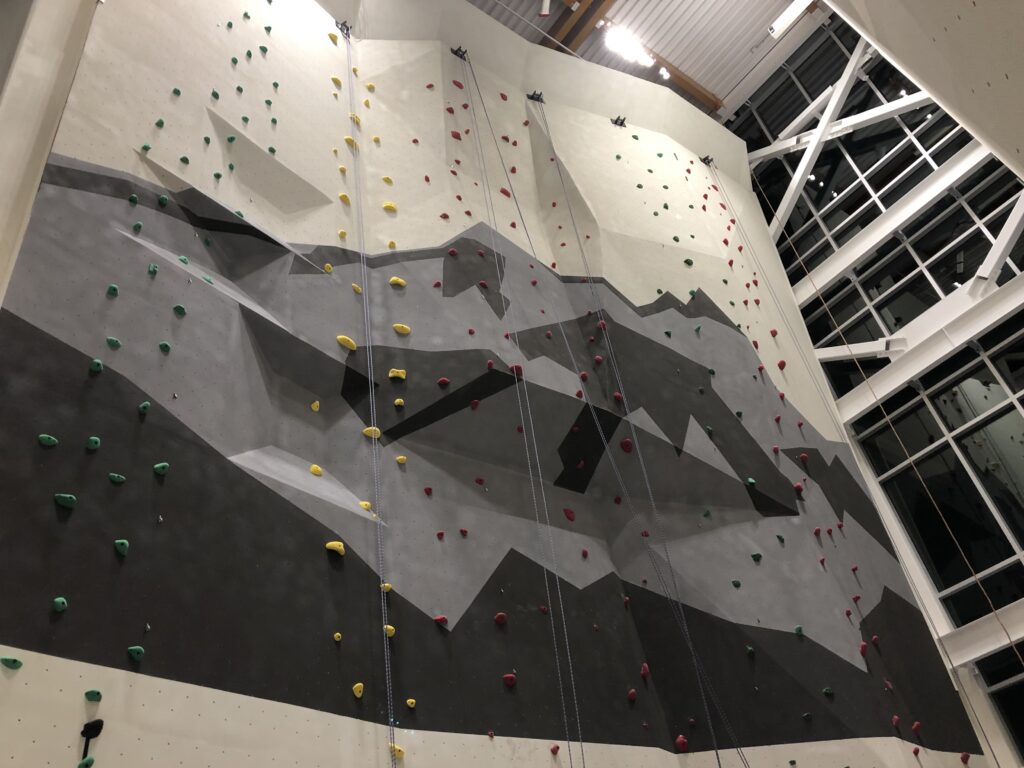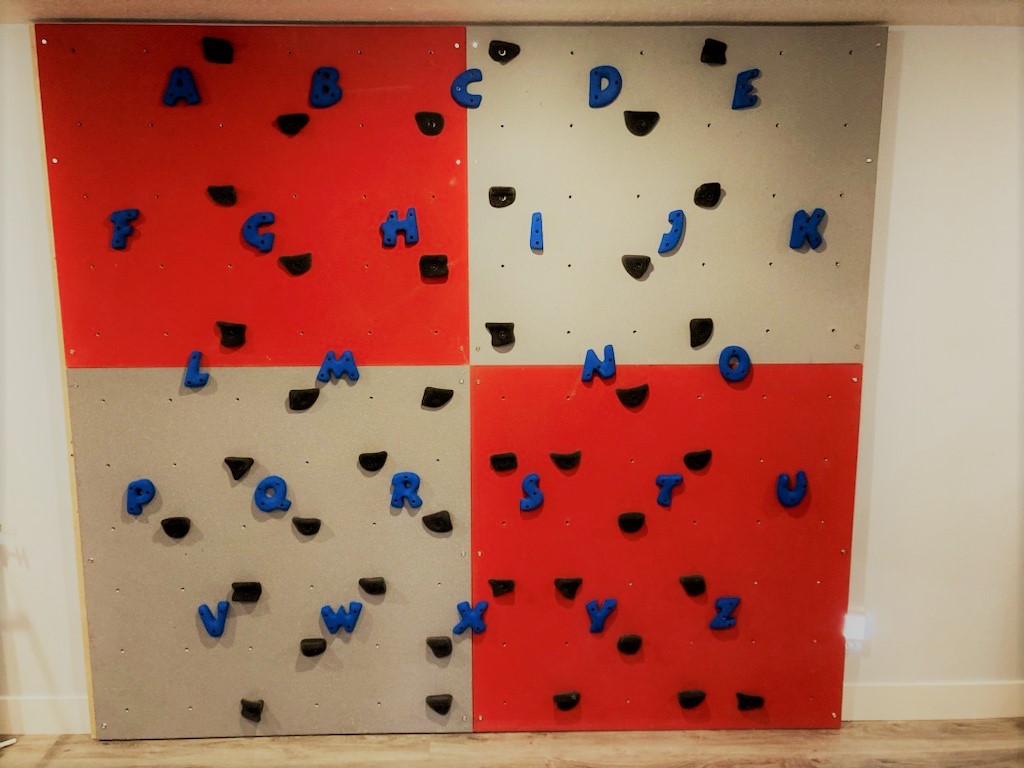Rigging for Gym Operations
A situation that owner-operators often face these days is how to set up their facility to best allow customers and staff to use the facility. Here are some of the options and decisions owners face:
- Top Anchor Choices: belay bars, quickdraws, or chain
- Gym-owned lead rope vs. customer-owned lead rope
- Autobelayers and their best set-up
- Ground anchors with tethers/ daisy chains
- Routesetting procedures, including stripping walls of holds.
Let’s take a look at these options and you can decide what works best for your facility. One thing for sure, every solution has its pros and cons and one really just has to look at the individual facility to decide what to do, and we are always looking at what is the latest greatest best option…so we might change our minds in a year.
Today I am just going to look at issue #1: Top Anchor Choices: belay bars, quickdraws, or chain.
The first question to consider with this is to decide on whether you want to offer lead climbing in your facility. Some decisions to be made in this regard include:
- When lead climbers get to the top, will they have a doubled set of quickdraws to clip?
- Are customers allowed to top-rope (TR) the line that was led?
Some facilities make the commitment to keep certain walls available for lead-climbing only. These walls are often so steep that to TR them is difficult anyway, as if one falls off it is a battle to get back in . This can become a design consideration, too – as it can be great to have super-steep walls for the expert climber…but how many of those will be forming your customer base? You must decide. Needless to say, this will vary from region to region.
If the lead walls are to be top-roped and led, some facilities have dealt with this by having two anchor set-ups – leaving a top-rope in place on a bar or some other fixed anchor, and then having another set of anchors to clip at the top. This can all get a little bit messy and confusing. To be leading when a rope is hanging behind or beside you now introduces the possible hazard of entanglement/ rope burn. Having 2 sets of anchors at the top is another cost to be considered, too.
A great option for a lead area is the steel cable or chain draw. Although you may or may not opt to have these throughout your facility, as at least a top anchor (in the lead areas) they are durable and low-cost, and less of a worry to inspect. A pair of these also bears a good resemblance to a proper outdoor anchor.
Top-Roping Areas with no Lead-Climbing: A key factor to consider in all of this is to ask whether the solution being provided is itself introducing hazards and unforeseen consequences. We feel that the location of the facility and its proximity to outdoor climbing – and even the type of climbing outdoors nearby (trad, sport) – should influence these decisions. For instance, in Vancouver (where Squamish is a TR and trad mecca (and is just up the road) facilities have come to recognize that a set-up in the facility that allows for an easy transition to the outdoors is imperative. It is not only about taking some responsibility for what happens to customers who venture outside, it is also about creating an environment indoors for customers that bears some resemblance to what they will encounter on the rocks. This way courses offered in the facility have a flow to those offered locally by professional guides, and basic skills do not have to be re-taught. As such, this has even influenced the type of belay device used at the facility in courses.
If a facility (in a city like Vancouver) is using ropes anchored through belay bars down to a Gri-Gri anchored to the floor, there are some cons that will have to be considered for some facilities:
- Customers coming out of this environment are going to have greater challenges making the transition to Squamish and taking a course with a guide. It is for this reason that facilities in the Vancouver region have opted to go the option of a two anchor set-up and teach introductory courses on tube-style devices (ATC, etc.).
- It also creates challenges for customers if they have to continuously modify their belay practice if the gym has different belay set-ups with different friction systems.
- Rope-wear is a real issue and cost. Please contact us to discuss the best configuration for your TR anchor set-up. Even with chain there are some configurations that are better than others.
A belay bar set-up will provide more friction than a 2 bolt anchor, and if both of these are operating in the same facility customers are going to have to keep modifying and adapting to allow for this. That can create problems, especially for novices. There is a definite advantage to having a system that creates so much friction that it may make the requirement for ground anchors unnecessary, but then how does one routeset safely without the use of ground anchors (yes: another topic)? There are ways of getting up and down a climbing wall, but for routesetting the best and safest by far still involves routesetting off permanent rated and engineered ground anchors (as approved by the Association of Canadian Mountain Guides (www.acmg.ca).
For the above reasons we feel that belay bars have their place, but we would only recommend them in facilities that are solely for top-roping.
